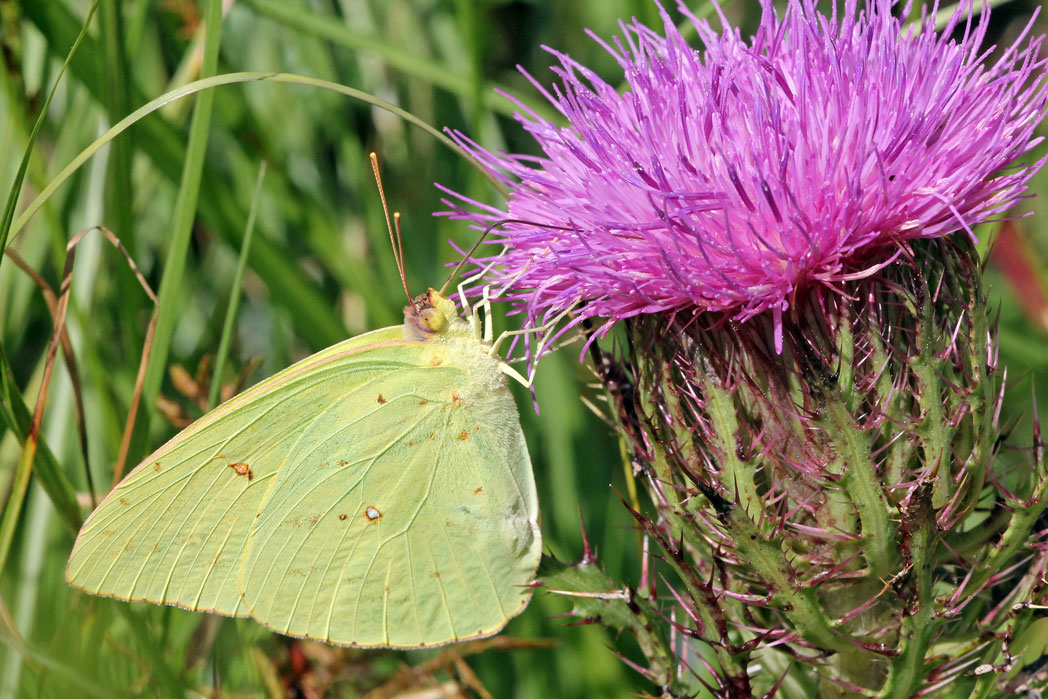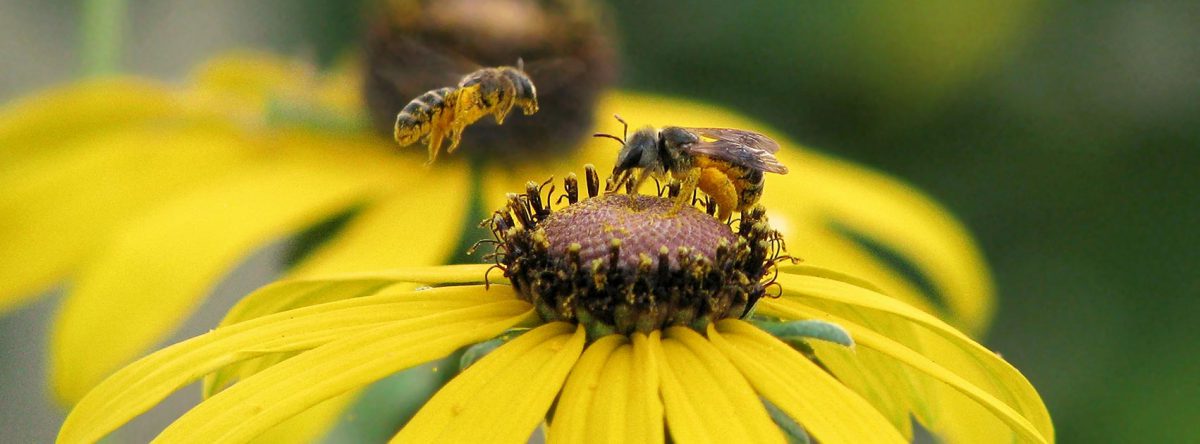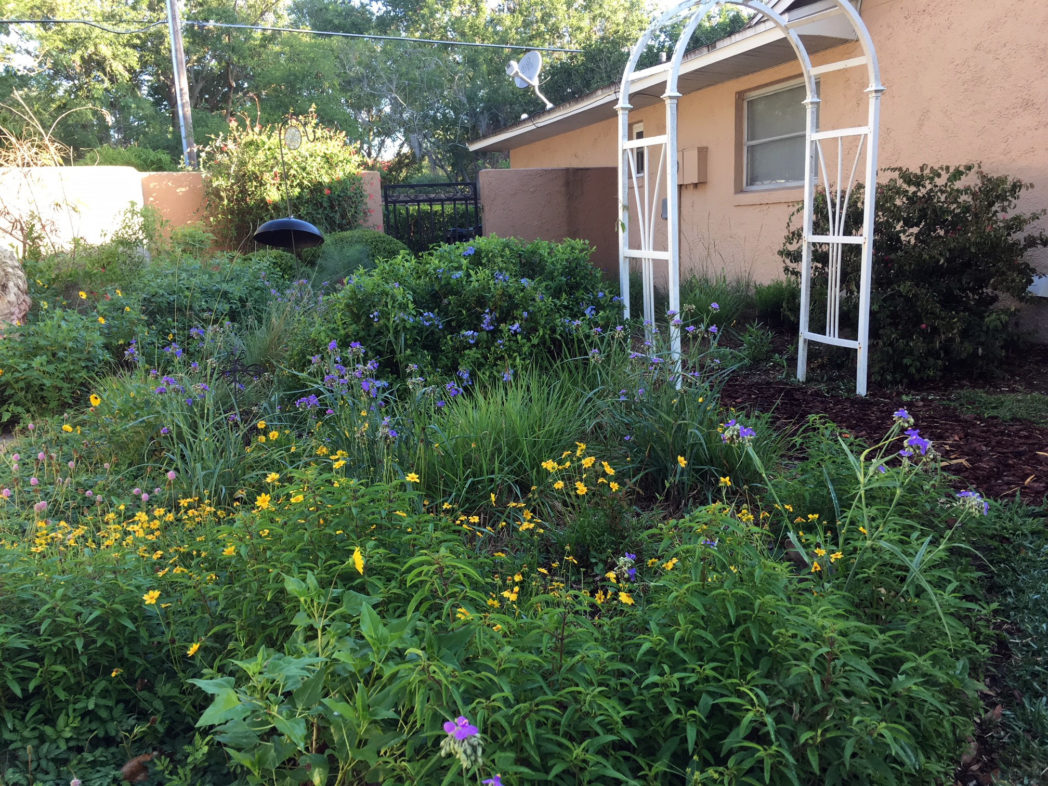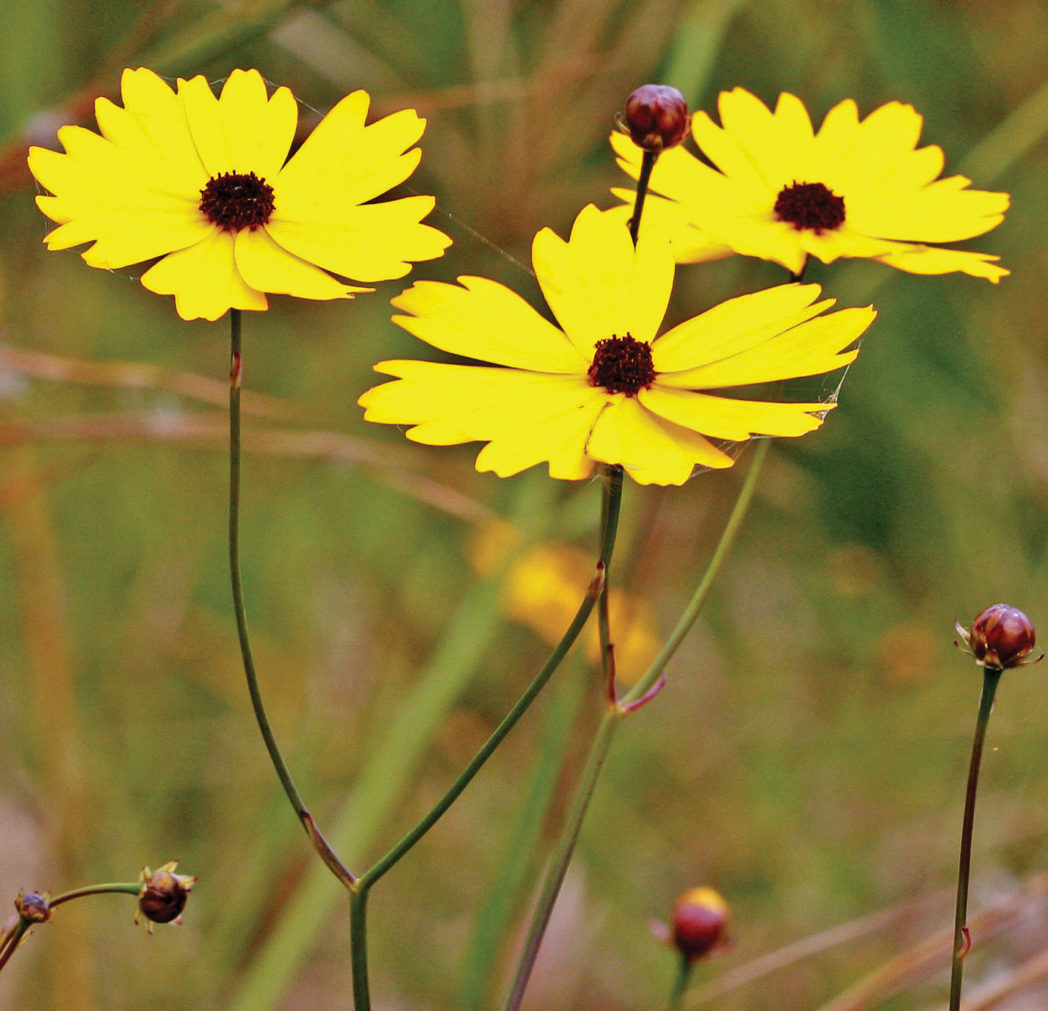When spring arrives too soon

This is the first in a series of short articles about changes in phenology in Florida and elsewhere that are impacting native and cultivated plants and the many life forms — from butterflies to humans — they support.
by Laura Bennett-Kimble
To everything there is a season, but what if those seasons aren’t quite as predictable as they once were?
Changes in phenology, a scientific term that involves the connections between climate conditions and life form patterns, is what we’re talking about here.
“Phenology is simply the study of the seasonal changes we see all around us. Phenology is a critical part of nearly every ecological relationship,” said Erin Posthumus, USA National Phenology Network (USA-NPN) outreach coordinator.
Anecdotal and scientific information increasingly show changes in when plants are blooming, fruiting and going to seed. For example, a University of California, Riverside, study of five plant communities comprising 590 species in the southwestern United States found the communities are shifting their flowering times differently, depending on location. Data came from a co-author who has hiked an 8 km trail more than 1,600 times since 1984 and recorded every plant species he found in bloom. Analysis showed flowering has indeed become earlier for all communities, except those at the highest elevations. Some were blooming almost 20 days earlier than previously.
Here in Florida, wildflower watchers throughout the state also are observing blooming that is, depending on location and species, from two to four weeks earlier than normal.
When timing changes, things can go awry
Adjusting your gardening practices in response to climate changes is well and good, but what if you’re an insect unable to find the right vegetation or nectar you need to survive? Or, what if you’re a bird struggling to find enough insects to feed a nest full of hungry offspring? These are very real scenarios playing out as mismatches in insect emergence, blossom times and bird migration occur in Florida and beyond.
As 2020 moves from winter to spring, a warm winter in the Southeastern United States has led to plants leafing out and blooming up to four weeks earlier than usual, as reported by USA-NPN. This sort of change can be detrimental to not only wildlife, but also agriculture, if a cold snap freezes emerging flower buds on fruit trees and other food crops. This is a very real concern, considering a false spring followed by an April frost in 2007 resulted in some $2 billion in economic losses across the Southeast, according to an analysis by the USDA and NOAA.
Responses to change may differ
Theresa Crimmins, USA-NPN director, said in an opinion piece on The Conversation, “When species that depend on one another — such as pollinating insects and plants seeking pollination — don’t respond similarly to changing conditions, populations suffer. In Japan, the spring-flowering ephemeral Corydalis ambigua produces fewer seeds than in previous decades because it now flowers earlier than when bumblebees, its primary pollinators, are active. Similarly, populations of pied flycatchers — long-distance migrating birds that still arrive at their breeding grounds at the regular time — are declining steeply, because populations of caterpillars that the flycatchers eat now peak prior to the birds’ arrival.”
In Part 2 of this series, we look at ways changes in phenology affect humans — whether it’s how vineyards are adjusting grape varieties in response to drier, warmer conditions or how springtime allergies are kicking in earlier than usual for many of us.



